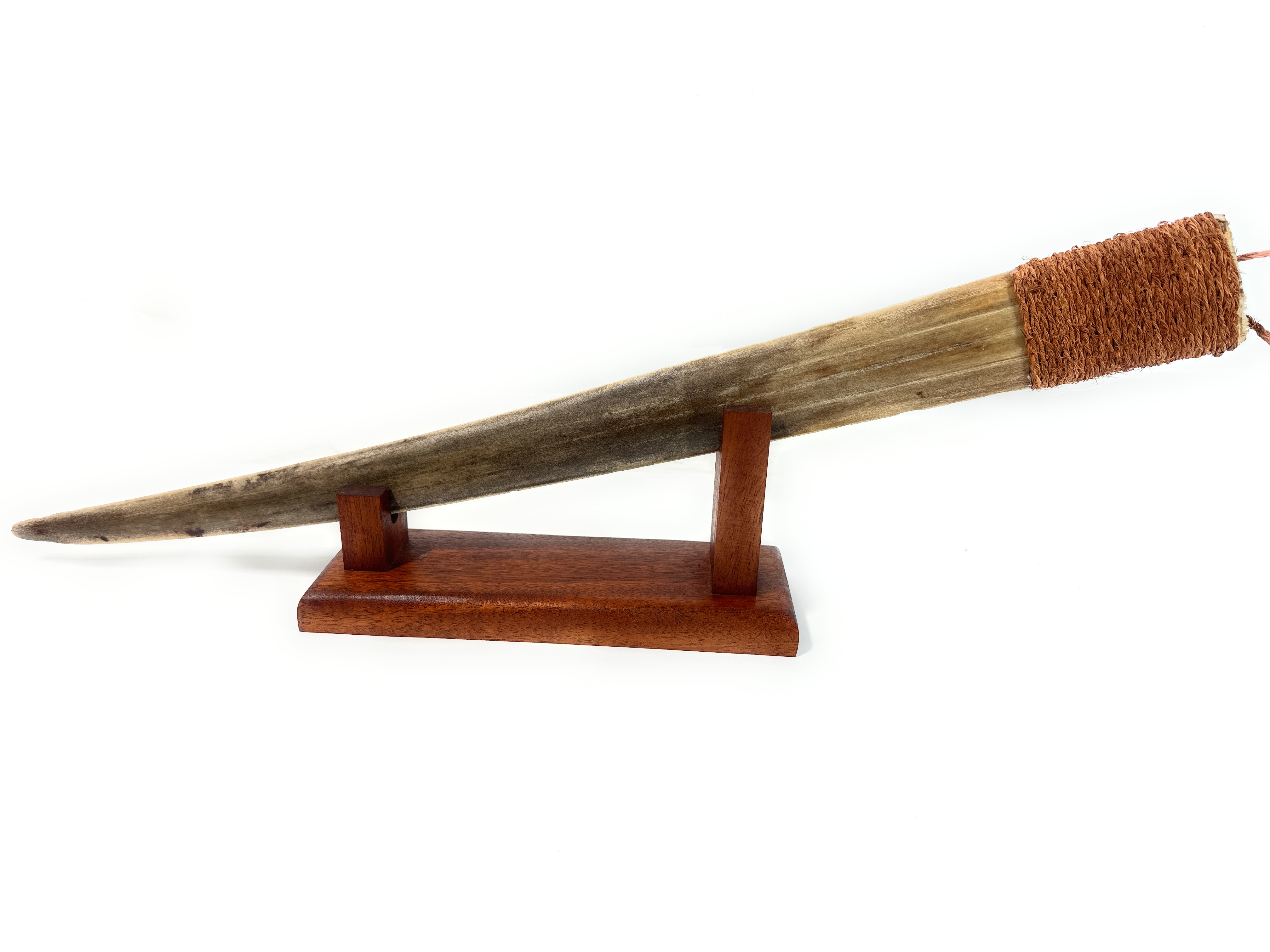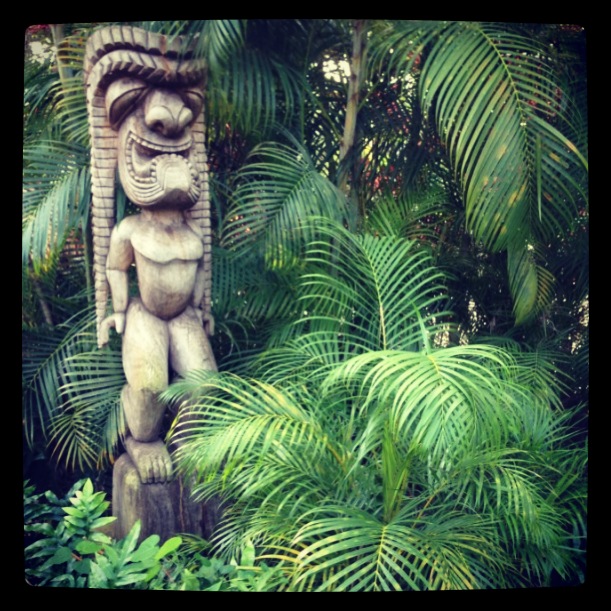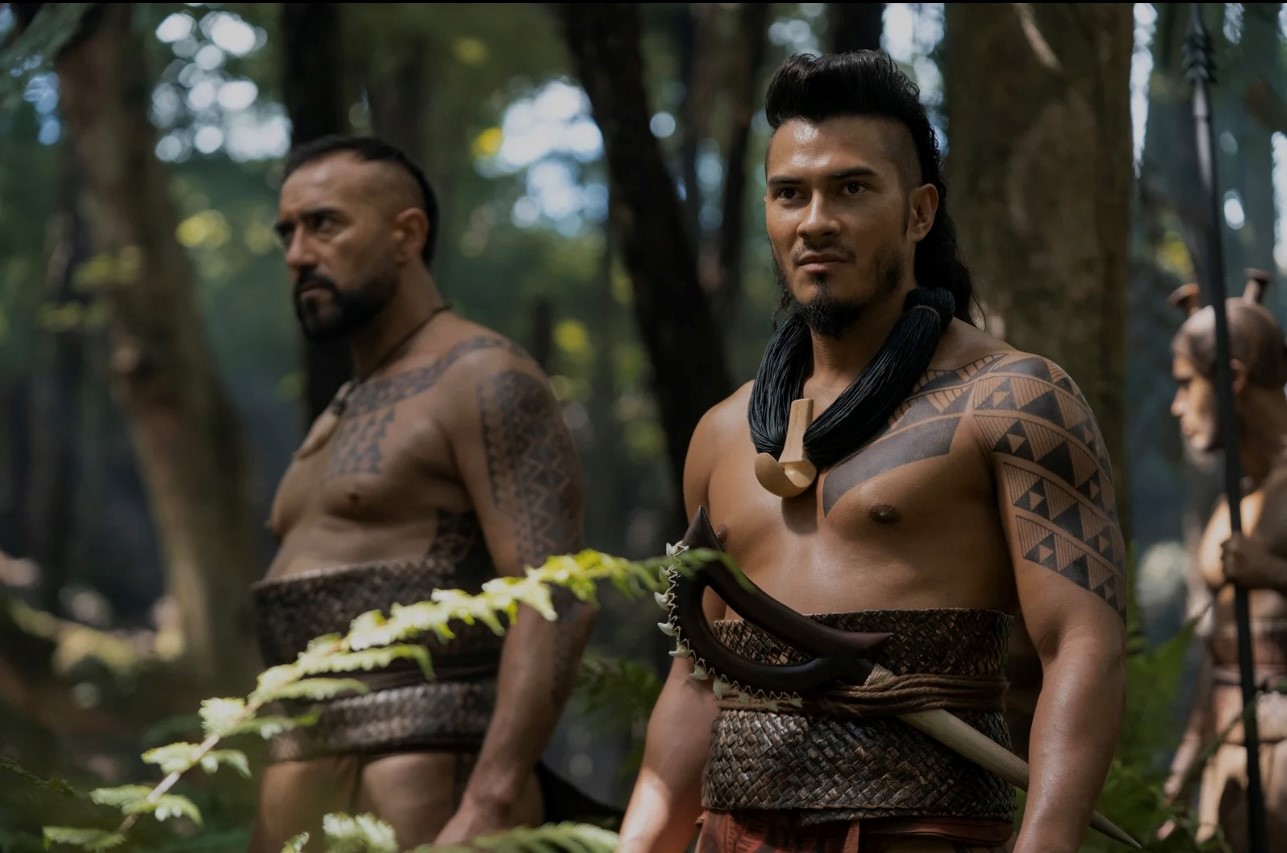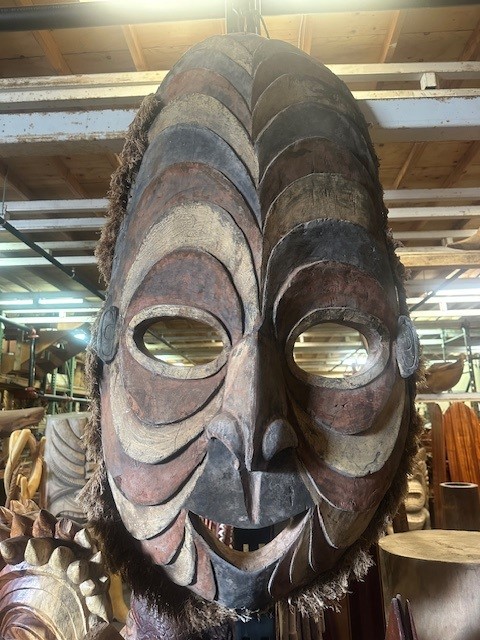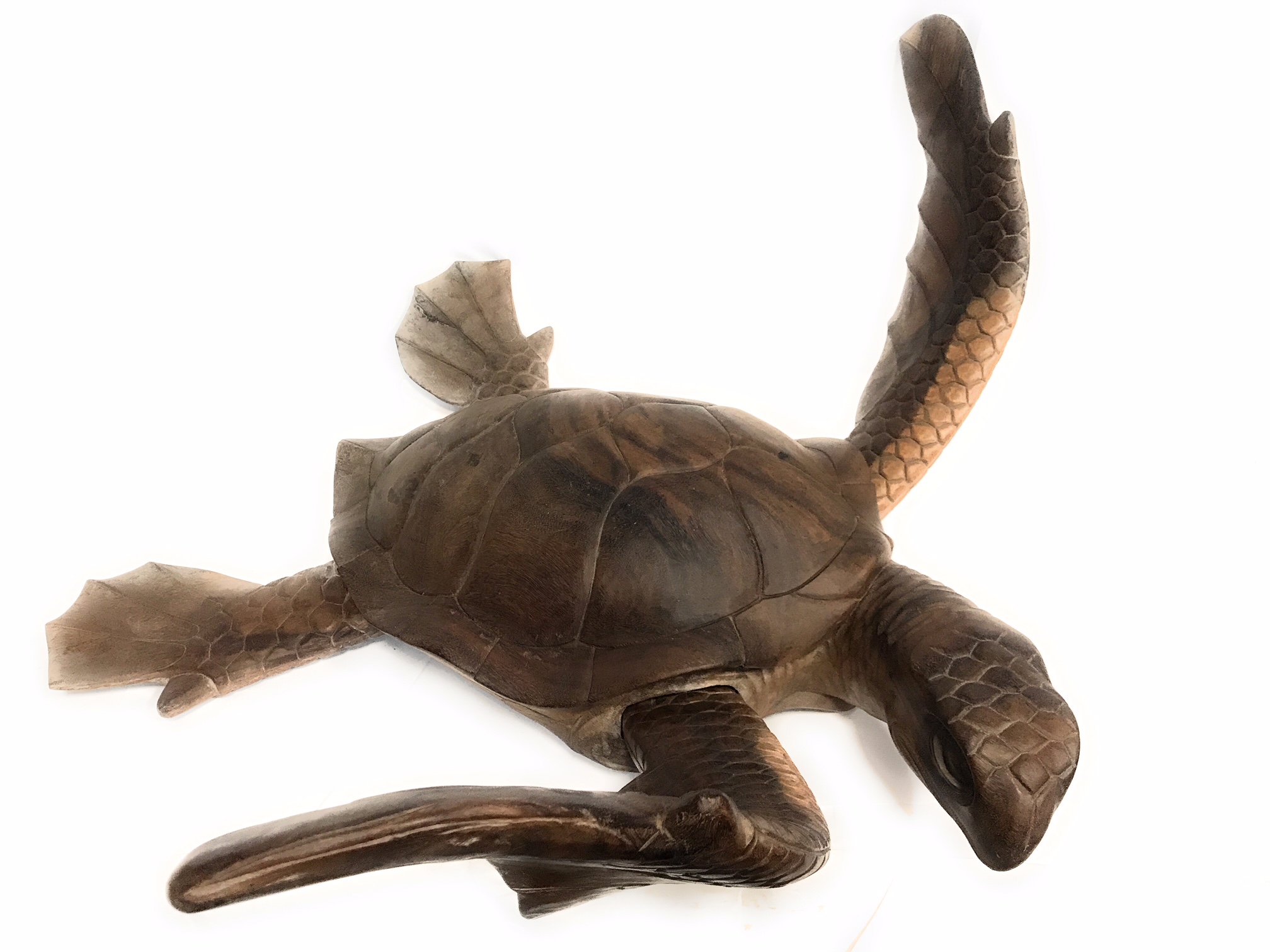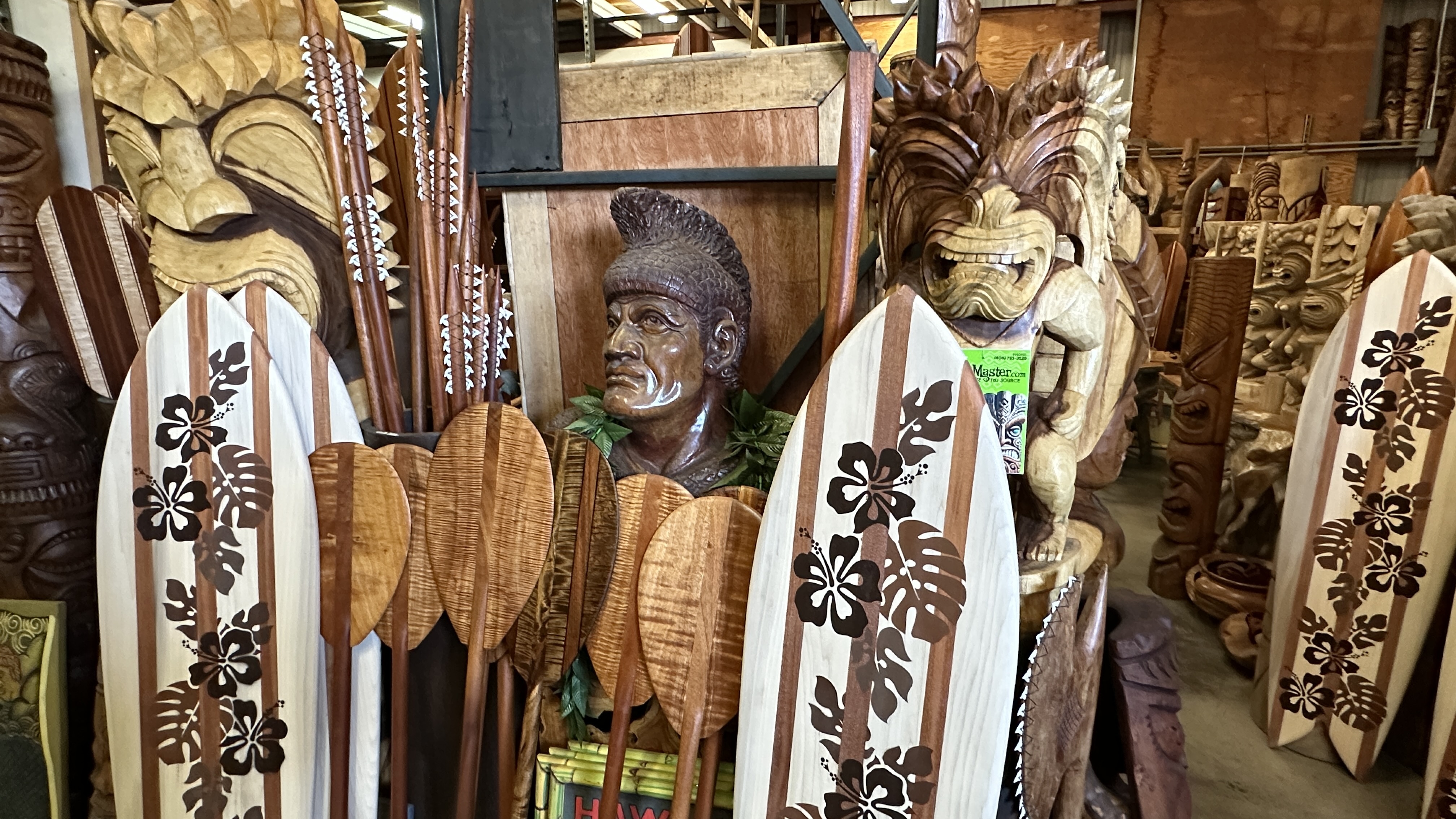Hawaii is a beautiful group of islands in the Pacific Ocean. It has a rich culture and history, with a strong bond to the land and sea. Hawaiians have a cherished heritage that locals and visitors celebrate in Hawaii.
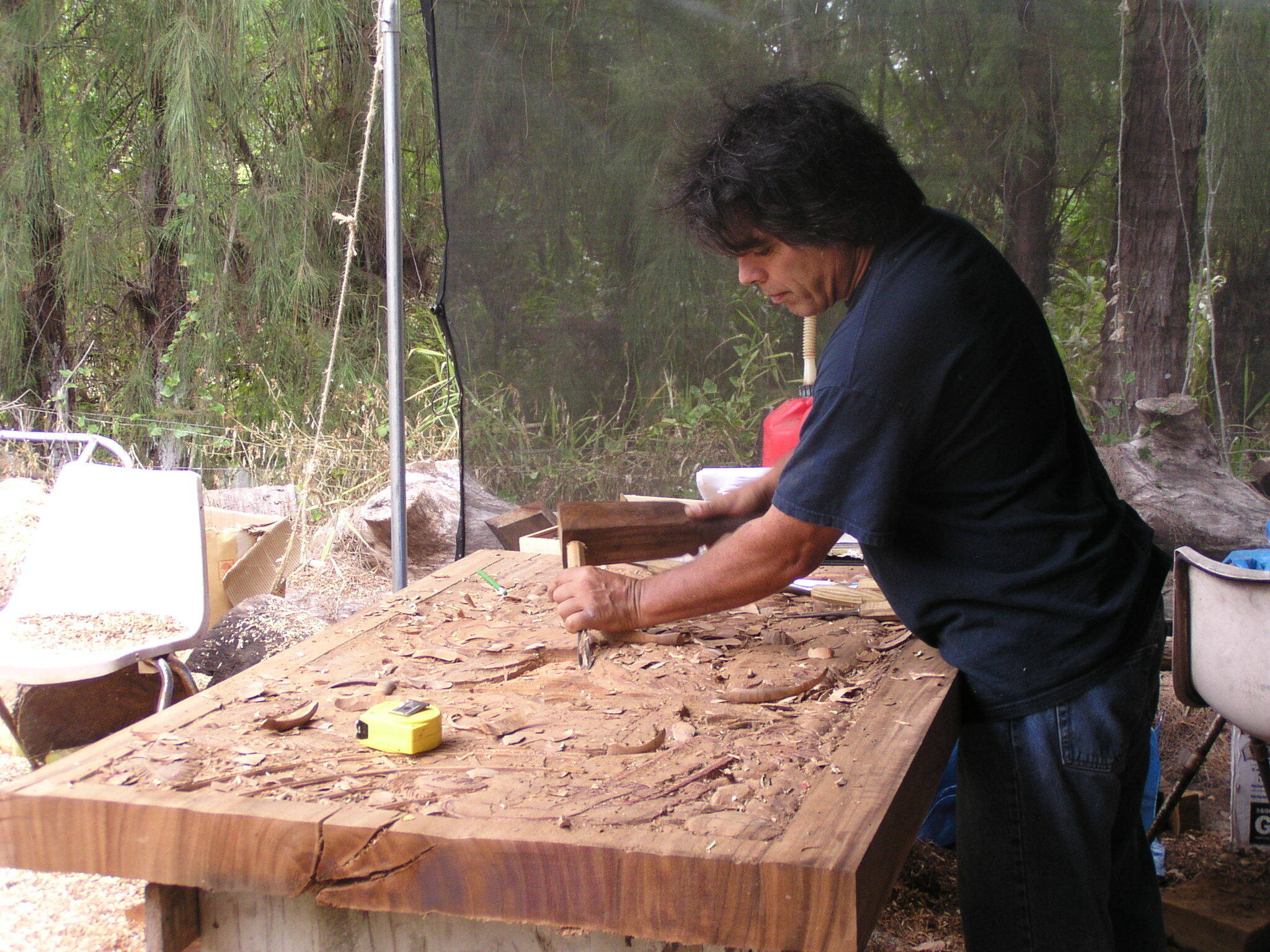
At the heart of Hawaiian culture lies a unique and captivating art form known as storytelling. Generations have passed down this ancient tradition, keeping the tales and legends of the islands alive. One of the most distinctive and visually stunning aspects of Hawaiian storytelling is the use of hand carved storyboards.
Craftsmen carefully make these storyboards, known as kiʻi pōhaku, as wooden plaques that visually depict stories. Each storyboard is a beautiful piece of art, carefully carved with symbols, figures, and scenes that tell a story. Hawaiian artisans create amazing storyboards, showcasing their talent, skill, and attention to detail in craftsmanship.
These hand carved storyboards show many different stories, including myths, legends, history, and culture. They protect and share Hawaii's oral history, ensuring they remember and pass on these stories to future generations.
Beyond their aesthetic beauty, these storyboards hold great cultural significance. They are not merely decorative pieces, but rather serve as a powerful tool for storytelling and education. A Hawaiian storyteller can use a storyboard to bring the story to life. This captivates the audience and immerses them in Hawaiian culture.
The art of storytelling using hand carved storyboards is deeply ingrained in the fabric of Hawaiian society. This Hawaiian tradition reminds us to protect and respect our cultural heritage. The visuals bring Hawaii's stories to life. They help Hawaiians and visitors appreciate and understand the unique and beautiful culture of this enchanting land.
These art pieces tell Hawaiian stories and preserve the islands' rich history through intricate details and legends. In this article, we will explore the art of hand carved Hawaiian storyboards and the legends and folklore they depict.
The Art of Hand Carved Storyboards
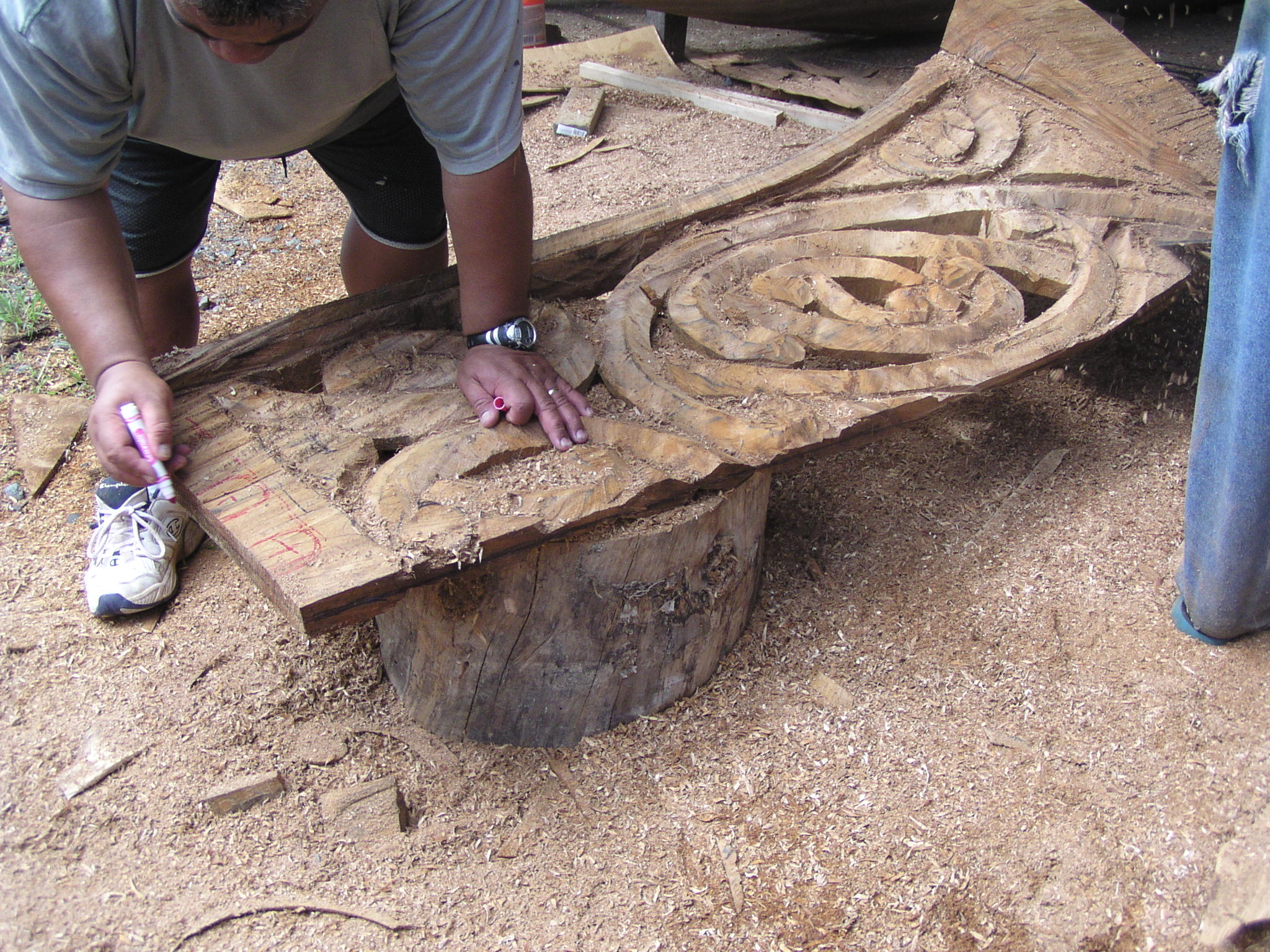
The art of hand carving storyboards has been a tradition in Hawaii for centuries. Typically, craftsmen sculpt these storyboards from a single piece of wood, such as koa or mango.
They have detailed carvings of Hawaiian legends and folklore scenes and characters. They paint the carvings with natural dyes and oils to bring the stories to life. Every storyboard is a special artwork, with carvings and colors showing the artist's unique style and interpretation.
Hawaiian Legends and Folklore
Hawaiian legends and folklore are significant to the culture and history of the islands. They represent the beliefs, values, and traditions of the Hawaiian people. Our ancestors shared stories for generations to pass on wisdom, knowledge, and understanding of the world.
One of the most prominent figures in Hawaiian mythology is Pele, the goddess of fire, lightning, wind, and volcanoes. Pele is a revered god who resides in Kīlauea, a highly active volcano on Hawaii's Big Island.
Folklore often attributes Pele's fiery disposition to her. Many people frequently perceive her as a striking and powerful woman. She wears red attire, symbolizing the lava from her volcano, and her flaming hair represents her.
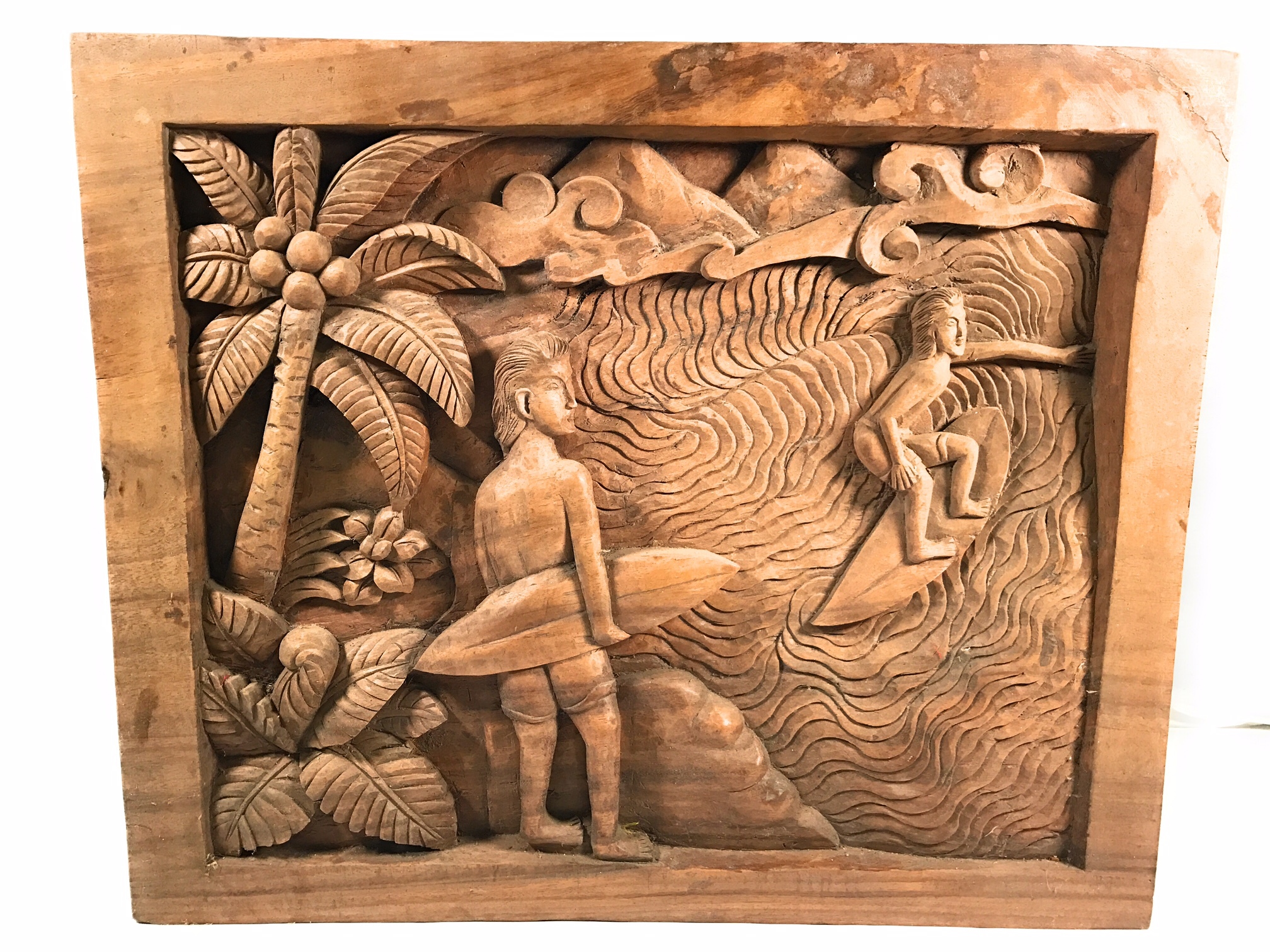
People claim to sense her presence through the shaking of the ground, rising smoke, and fiery explosions. These phenomena alter the islands' scenery. Pele's stories explain volcanic activity and remind us of nature's power and concern on the islands.
Another prominent figure in Hawaiian mythology is Maui, a demi-god known for his mischievous and heroic exploits. Maui demonstrates his talent as a fisherman, navigator, and shape-shifter with special powers that aid people.
The popular tale of Maui revolves around his attempt to slow down the sun's movement. He accomplished this by ensnaring the sun with ropes, causing it to traverse the sky at a reduced speed. This legend not only explains the changing lengths of daylight but also showcases Maui's cunning and resourcefulness. Maui's stories entertain and remind us to be brave, clever, and connected to nature.
In Hawaiian culture today, history, myths, and traditional stories play a significant role. We use stories, dances, chants, and songs to pass on wisdom and lessons to future generations.
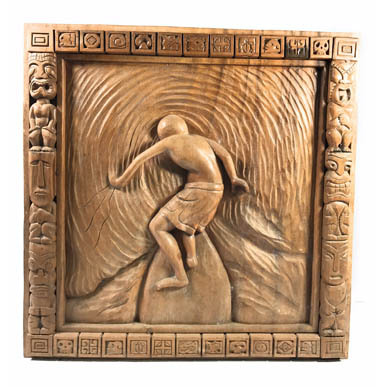
Exploring these stories helps us understand the deep appreciation the Hawaiian people have for nature. It also reveals their strong connection to the land and sea. Additionally, it shows their respect for the powerful forces that shape their islands.
Hawaiian legends and folklore are important to the culture of the islands. They show how people admire Maui for lifting the islands from the ocean.
Depictions on Storyboards
Hand carved storyboards are detailed art pieces that visually depict the fascinating legends and folklore of Hawaii. Skilled artisans jointly craft these storyboards, pouring their creativity and expertise into every detail. The carvings often adorn themselves with vibrant colors, further enhancing the visual impact of the stories they depict.
These storyboards play a significant role in preserving and showcasing the history and culture of Hawaii. Each carving tells a unique tale, whether it be a legendary hero's triumph or a mythical creature's enchanting journey. Carvings transport viewers to a different time and place, aiding their understanding of Hawaiian traditions and beliefs.
The attention to detail in these storyboards is truly remarkable. I carefully etch every line and curve, capturing the essence of each character and scene. The artisans skillfully bring these stories to life, infusing them with a sense of energy and movement. The carvings have bright colors that make the stories more captivating and visually appealing.
Storyboards show legends, folklore, and glimpses of daily life of Hawaiians on the island of Hawaii. Some carvings showcase scenes of fishing, where fishermen skillfully navigate the waters in search of their catch. Others depict farming, illustrating the hard work and dedication that explain cultivating the land. These daily life glimpses help viewers understand local customs and traditions, fostering a deeper connection to Hawaiian culture.
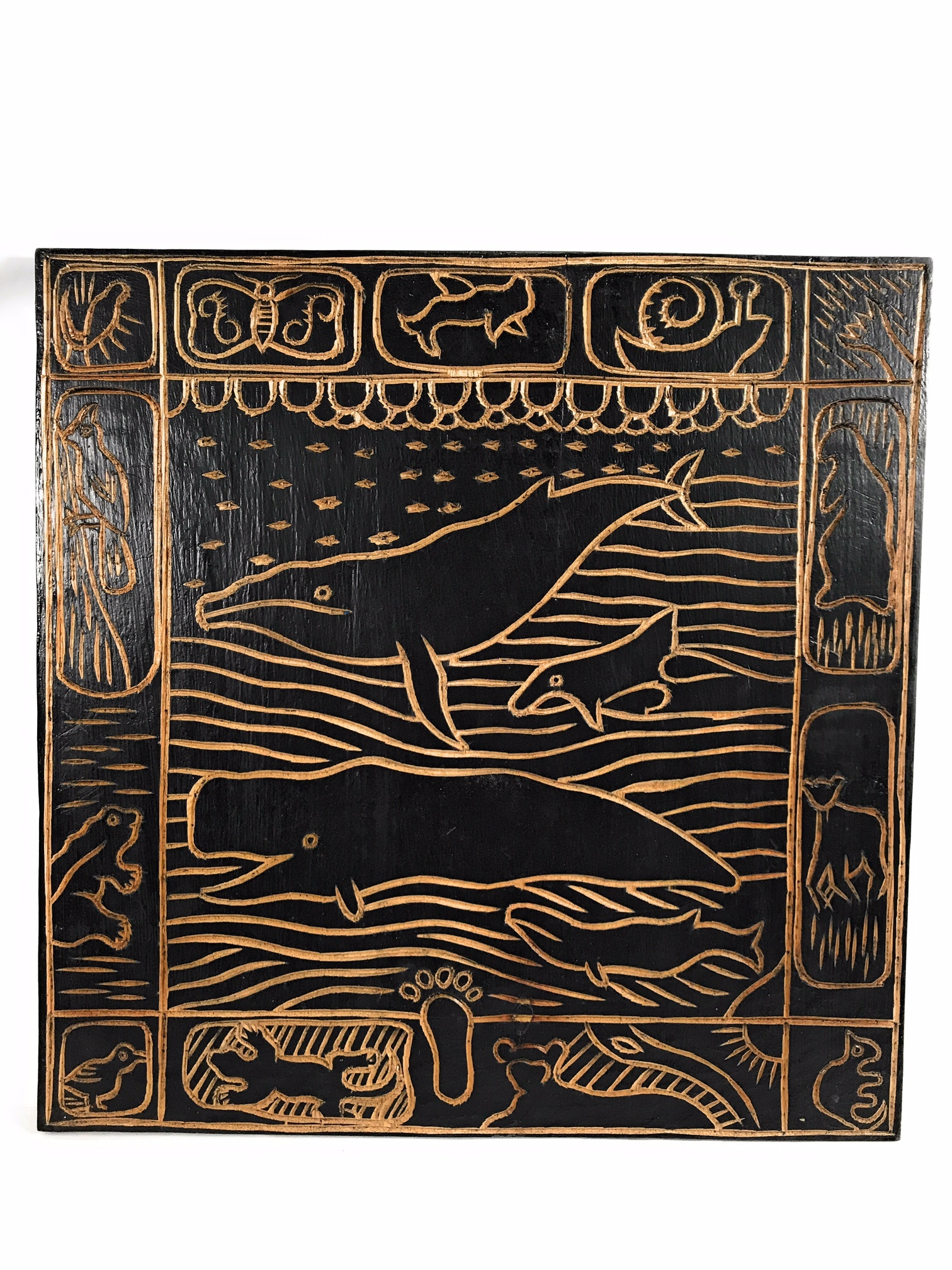
Overall, hand carved storyboards are not just beautiful pieces of art, but also powerful storytellers from the Hawaiian Islands. They show the past, culture, and everyday life of Hawaii, and interest everyone who sees them. The carvings and colors bring stories to life, preserving Hawaii's heritage for future generations to celebrate and cherish.
Preserving Hawaiian Culture
Carving storyboards by hand tells stories, preserves Hawaiian legends and culture, and keeps traditions alive in the islands. Tikimaster still makes pretty art by hand, even though technology and mass production have made hand carving less popular. Artists on the Big Island create storyboards to preserve the tradition for the future. They also ensure its longevity by creating beautiful art, such as the goddess Pele.
Where to Find Hand Carved Storyboards
You can find Hawaiian storyboards carved by hand in many places in Hawaii, but Tikimaster.com has the largest collection. Hawaii has local markets and online stores that sell unique Hawaiian artwork.
You can hire a local artist to create a personalized storyboard with the legend or scene of your choice. These unique pieces of art were created to represent their way of life through fine art depicting Hawaiian myths and legends. They would make people wonder about the Hawaiian stories and beliefs about the goddess Pele.
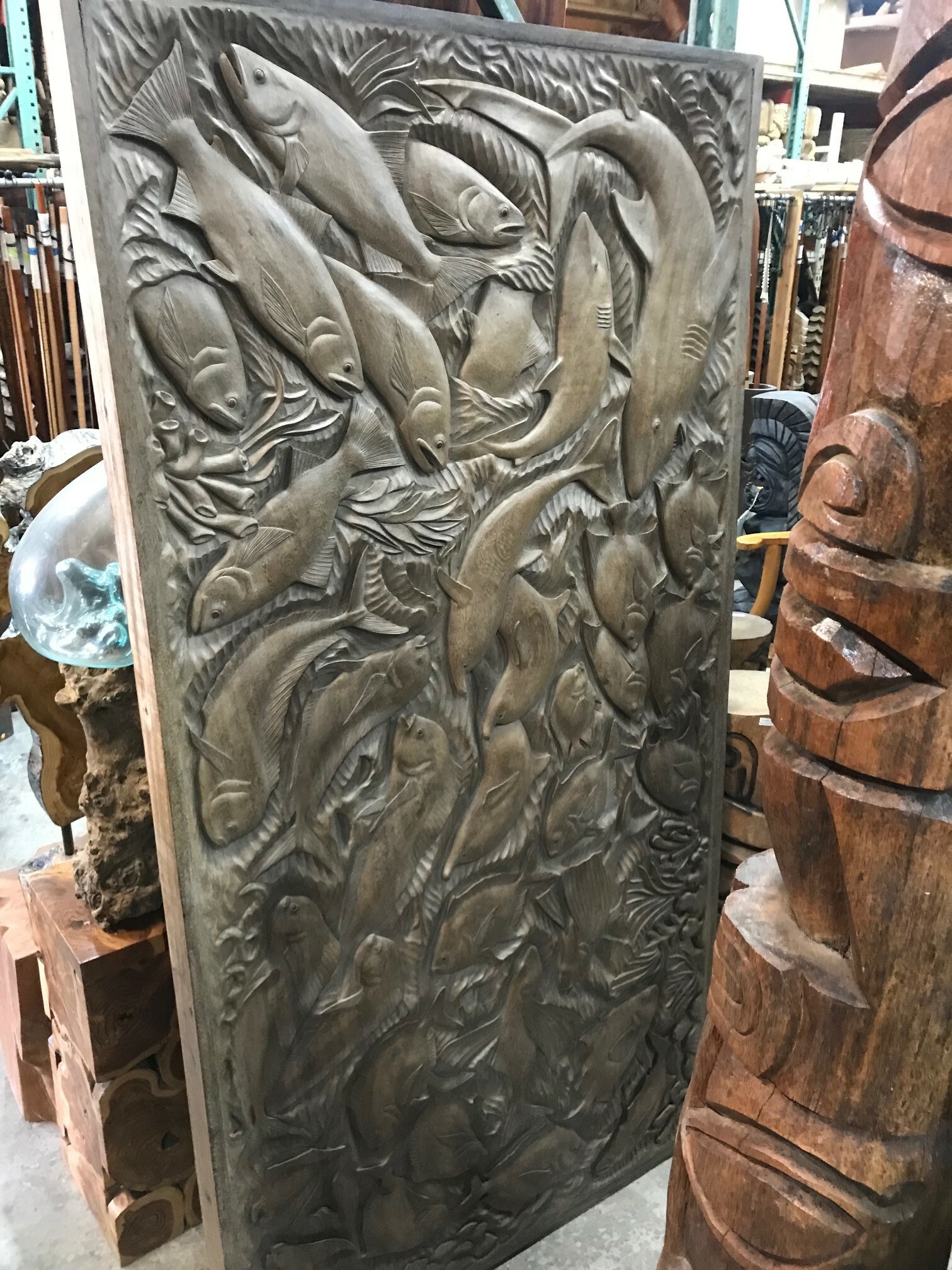
In Conclusion
People carve Hawaiian storyboards by hand, and they serve as both art and a way to preserve the islands' history and culture. If you like traditional Hawaiian legends and folklore, you must see these storyboards. They are important and beautiful, whether you collect them or just appreciate them.







